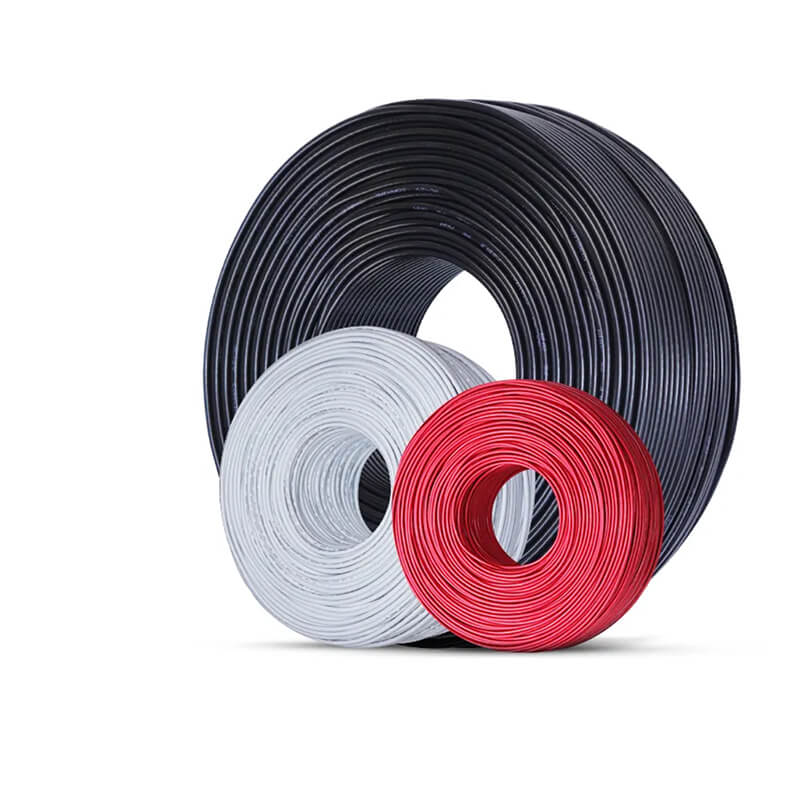In our interconnected world, cables serve as the lifelines of our electronic devices, ensuring seamless communication and power supply. Whether it's charging our smartphones, transferring data between devices, or connecting to the internet, the importance of a good quality cable cannot be overstated. Here's a guide to understanding the essential attributes of a high-quality cable and how to choose the best one for your needs.

Durability:
A top-quality cable is built to last. It is constructed with robust materials that can withstand bending, twisting, and regular wear and tear. Look for cables with reinforced connectors and durable outer layers, such as nylon braiding or TPE (thermoplastic elastomer), ensuring longevity even with frequent use.
Fast and Efficient Charging/Data Transfer:
The efficiency of a cable in charging your devices or transferring data depends on its ability to handle high-speed charging and data transfer rates. High-quality cables are engineered to support fast charging protocols and high data transfer speeds, enabling quick power-ups and swift data exchanges without compromising on performance.
Compatibility:
A good cable is universally compatible. It should work seamlessly with a variety of devices, from smartphones and tablets to laptops and gaming consoles. Universal compatibility ensures that you can use the cable with multiple devices, reducing the need to invest in different cables for different gadgets.
Shielding and Noise Reduction:
Cables, especially those used for data transfer, should have proper shielding to minimize electromagnetic interference and reduce noise. Quality cables are equipped with shielding layers, such as foil or braided shields, that protect signals from external interference, ensuring a stable and reliable connection.
Flexibility and Tangle-Free Design:
Flexible cables are easy to manage and less prone to tangles. High-quality cables are designed with materials that offer flexibility without compromising on strength. Additionally, tangle-free designs, often achieved through flat or braided cable structures, make it convenient to store and carry the cable without the hassle of untangling knots.
Safety Features:
Safety should always be a priority when choosing a cable. High-quality cables are manufactured with safety features such as over-voltage protection, over-current protection, and short-circuit protection. These features ensure that your devices are protected from potential electrical issues, providing peace of mind during charging or data transfer processes.
Warranty and Customer Support:
Reputable cable manufacturers stand behind their products with warranties and excellent customer support. When purchasing a cable, opt for brands that offer warranties, as they demonstrate the manufacturer's confidence in the product's quality. Additionally, responsive customer support can assist you in case of any issues, ensuring a positive user experience.
Investing in a high-quality cable is essential for ensuring the optimal performance, safety, and longevity of your electronic devices. By considering factors such as durability, charging/data transfer capabilities, compatibility, shielding, flexibility, safety features, and the manufacturer's reputation, you can make an informed decision and select a cable that meets your requirements. Remember, a reliable cable not only enhances the functionality of your devices but also provides a hassle-free and efficient user experience in the long run.


